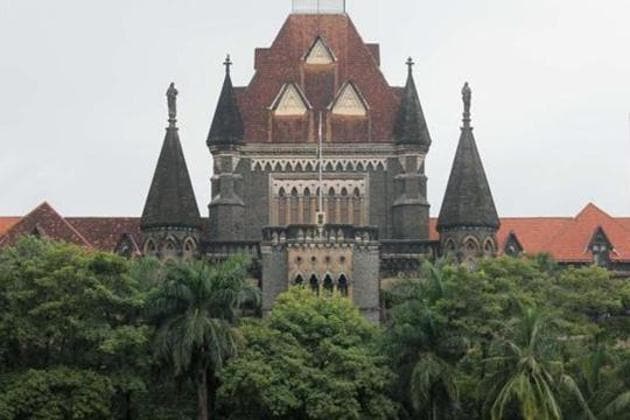Why Bombay High Court order on death penalty for repeat rape offenders is unsatisfactory
The death penalty presents a unique kind of threat to individual rights – and for this reason, the court should have engaged in stricter scrutiny than it did
The Bombay High Court last month handed down a judgment upholding the constitutional validity of Section 376E of the Indian Penal Code, which allows for courts to impose the death penalty on repeat offenders in cases of rape. It was argued by the petitioners that imposing the death penalty in non-homicidal cases was a disproportionate sentence, and, therefore, violated the constitutional guarantees against arbitrariness, and to the right to life. The high court rejected this argument on two grounds, considering, first, the nature of rape, and, second, the deterrent function served by the punishment.

In doing so, however, the court missed an important opportunity to critically interrogate the recent trend, where high-profile crimes, which lead to public outrage, are immediately met with harsher legal punishments, and an extension of the death penalty to an ever-proliferating set of new circumstances.
To understand why the court’s analysis was unsatisfactory, it is important to understand why the death penalty is a unique form of punishment, and why that matters. Our existing laws themselves recognise the singular character of the death penalty. Statutorily, judgments imposing the death penalty are bound to provide reasons for why that form of punishment has been chosen.
Doctrinally, the Supreme Court has made clear that the death penalty is only to be imposed in the “rarest of rare cases”, where the alternative option is “unquestionably foreclosed.” The reason for this is straightforward: alone among all forms of punishment, the death penalty is final. No legal system can ensure the absence of error; and with all other forms of punishment, mistakes can, to some extent, be rectified, if they surface later. Jailed people can be set free, and compensated for the time they have spent in prison. Dead people, however, cannot be brought back to life. The death penalty, therefore, presumes infallibility on part of our legal system that does not exist – in fact, the number of lower court decisions that are reversed on appeal shows that it is not even close to existing.
Therefore, when the possibility of error is non-trivial, and when, as studies show, errors disproportionately impact the poorest and most vulnerable in society, who lack access to good legal representation – any extension of the death penalty should be treated with particular caution and circumspection. It is here that the high court’s judgment comes up short. The court observed repeatedly that it would defer to the legislature’s view on the proportionality of sentencing, on the basis that the legislature reflected the “will of the people.” This statement is true enough in its own right, but the function of the courts is also to protect the rights of individuals.
For the reasons discussed above, the death penalty presents a unique kind of threat to individual rights – and for this reason, the court should have engaged in stricter scrutiny than it did. For example, the court noted that there was a recent rise in rape cases, and that, therefore, the death penalty was needed as a means of deterrence. However, far from providing evidence for the causal link between enhancing the quantum of the sentence, and deterring crimes, the court did not even ask if the State had considered this question, or had analysed any evidence for the link. While the principle of deference would require the court not to second guess the State’s opinion on this issue beyond a point, it was certainly the court’s job to ensure that the State’s opinion was based on adequate material and sound reasoning.
Similarly, in noting that rape was as grave a crime as murder – and, therefore, the death penalty was appropriate – the court made a number of assertions about the rape destroying a woman’s “soul”, that were not only unsupported by evidence, but also played into disturbing gendered stereotypes about how rape is not a crime against the body, but in some sense, a crime against “honour.” In other words, the court seemed unable to distinguish between rape and other crimes of serious physical assault (for which there is no death penalty) without relying on controversial and criticised cultural assumptions.
The recent legislative trend of indiscriminately extending the death penalty as a way of solving problems of crime needs urgent debate, especially in the judicial forum. It is to be hoped the future judgments will accomplish what the Bombay High Court could not.
Gautam Bhatia is an advocate in the Supreme Court
The views expressed are personal






